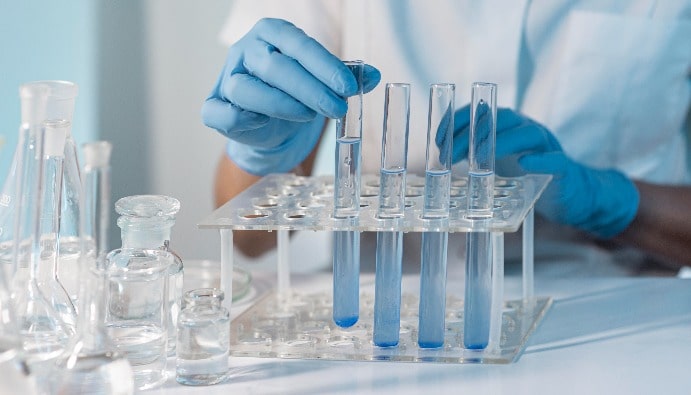Determination of Chloride in Foods: Which Foods Are Analysed?
What is Chloride Determination? Which Foods is a Test Parameter?

What is Chloride?
Chloride is an important nutrient in human nutrition. Chloride helps to balance cell fluids in the body with its electrolyte properties. There are naturally high levels of salt in foods such as tomatoes and cucumbers that we consume during the day. Apart from these, chloride is basically added to foods as table salt or sodium chloride, especially during food processing. Due to the health hazards of excessive salt consumption, the use of salt in foods is limited by certain regulations. Determination of chloride in foods is important to determine the levels in processed foods and to control quality, especially due to its relationship with salt content.
- Chloride (Cl-): It is a compound found naturally in foods and also added to foods by some processing methods. It is found in foods in the form of sodium chloride (salt).
- Function: In addition to being used as a taste and flavor enhancer in foods, it can also be added as a preservative in some processed foods.
Why is Chloride Determination Performed?
- Food Safety: High chloride content in foods can pose a health risk. In particular, excessive salt consumption can lead to health problems such as hypertension.
- Quality Control: Ensuring the correct salt content in foods affects the flavor and shelf life of the products. Chloride determination determines whether these ratios are correct.
- Legal Limits: International and local regulations set specific limits on the amount of chloride in foods. This analysis checks whether food products exceed these limits.
- Production Process Control: Accurate and controlled salt content in foods ensures quality in the production process and optimizes food costs.
In Which Foods Is Chloride Determined?
Chloride determination in foods is usually performed on foods with high salt content and preservative-treated foods. Here are some food types analyzed:
- Salt: Salt used in foods is analyzed to determine both natural and added salt content.
- Processed Meat Products: The amount of salt in processed meat products such as sausage, ham and salami is checked.
- Canned Products: Salt used as a preservative is analyzed in canned vegetables, fruits and meats.
- Salted Chips and Snacks: Chloride is analyzed in snacks containing high amounts of salt as a flavoring.
- Spices and Pickles: Chloride content is determined in salty pickles, mustards and spice mixtures.
Chloride determination; ketchup, mayonnaise, mustard, salad dressing, dairy products, meat products, potato chips, crackers, pretzels, snacks, ready meals, vegetable juices, low or high chloride content samples.
Nanolab Laboratories Group continues to provide services within the scope of Chloride Determination in Foods. We also provide services on Determination of Caffeine in Foods.
Contact us for more information.
You can follow us on LinkedIn for up-to-date news and posts about our services.
Follow our Instagram account to be informed about our latest blog posts.

